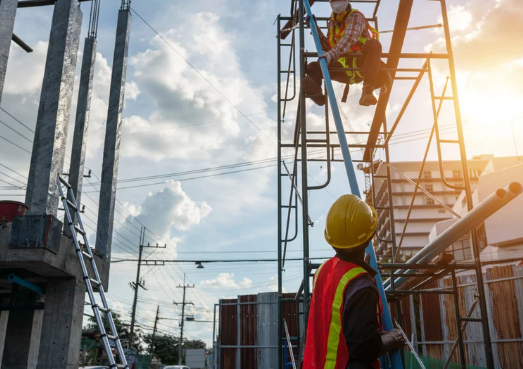.The 10-Year Infrastructure Strategy sets out a long-term plan for how the government will invest in infrastructure and ensure that funding is spent effectively and efficiently, marking a new approach to how projects are planned and delivered.
Today the Chief Secretary to the Treasury delivered his Ministerial Statement on The Strategy.
Here are the key takeaways from the Infrastructure Strategy.
What’s in the Infrastructure Strategy?
The Strategy announced that at least £725 billion of public funding is committed for infrastructure over the next decade. It’s the first time the government has brought together economic, social, and housing infrastructure under one long-term strategy.
There is a focus on long-term outcomes that provides the certainty and stability needed to attract investment. Additionally, a new online Infrastructure Pipeline will be launched in July 2025, providing a clear, long-term view of project opportunities to industry and investors.
Health
- £70 billion from 2025-26 to 2029-30 for targeted health infrastructure replacement, maintenance, critical safety, and the wider Department of Health and Social Care (DHSC) portfolio.
- This includes over £6 billion per year for maintenance and repair of the NHS estate, with up to an additional £49 billion for the New Hospital Programme and eradication of reinforced autoclaved aerated concrete (RAAC).
Education
- £38 billion in education capital investment from 2025-26 to 2029-30, with almost £20 billion planned for the School Rebuilding Programme, delivering rebuilding projects at over 500 schools and enabling a further 250 schools to be selected.
- This includes £80 million capital investment to deliver 10 new construction Technical Excellence Colleges in every region of England and an £80 million capital fund to support employers in delivering bespoke training tailored to their needs.
Transport
- £15.6 billion in total by 2031-32 is allocated for the elected Mayors of some of the largest city regions via the Transport for City Regions (TCR) settlements.
- Five mayoral strategic authorities will have direct control over integrated funding settlements, providing greater certainty and flexibility for local transport priorities.
Clean Energy
- £1.4 billion to the Office for Zero Emission Vehicles.
- More than £8.3 billion over the Spending Review period is for Great British Energy and Great British Energy – Nuclear to invest in homegrown clean power, and £9.4 billion is allocated for Carbon Capture, Usage and Storage (CCUS) over the 2025 Spending Review period.
Housing
- £39 billion has been allocated for a successor to the Affordable Homes Programme over 10 years from 2026-27 to 2035-36 is committed.
Justice
- £6.3 billion between 2025-26 and 2030-31 will fund the delivery of 14,000 new prison places by 2031.
What makes this Strategy Different?
- Strategic Prioritisation: The strategy aims to do “fewer things better” by addressing past failures of major cost overruns, projects badly off track, and inadequate maintenance, focusing on deliverable and impactful investments.
- Transparency: The upcoming Infrastructure Pipeline will provide an ambitious, credible, and regularly updated view of projects for the next decade, fostering confidence for businesses to invest in skills and technology.
If you’d like to learn more about how we can support you, get in touch at hello@tendoconsulting.co.uk.



